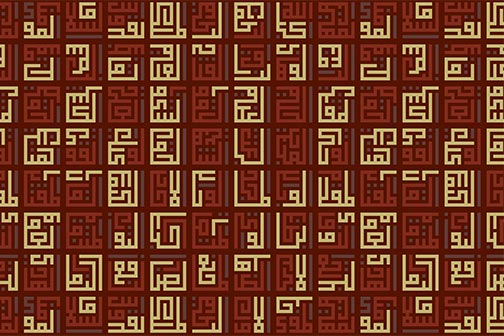Story of the Serpent: Cambodian Dance
Experience a dance performance by Mea Lath that explores the identity of the naga, the serpent deity, who poignantly gets caught in her own tail—a metaphor for struggles with identity in the wake of immigration. The program includes a traditional blessing dance and a contemporary work choreographed by Sophiline Cheam Shapiro.
Dancer Reaksmey “Mea” Lath is a celebrated Cambodian classical dancer, instructor, and manager of the Khmer Arts Academy in Long Beach, California. Born in a Cambodian refugee camp in Thailand, Mea uses the sacred art of Cambodian dance to connect with her history, to heal and inspire, and to present Cambodian culture to the world. She is one of the four speakers featured in the short documentary Satook, which was created by praCh Ly for the exhibition Revealing Krishna: Journey to Cambodia’s Sacred Mountain at the National Museum of Asian Art.












